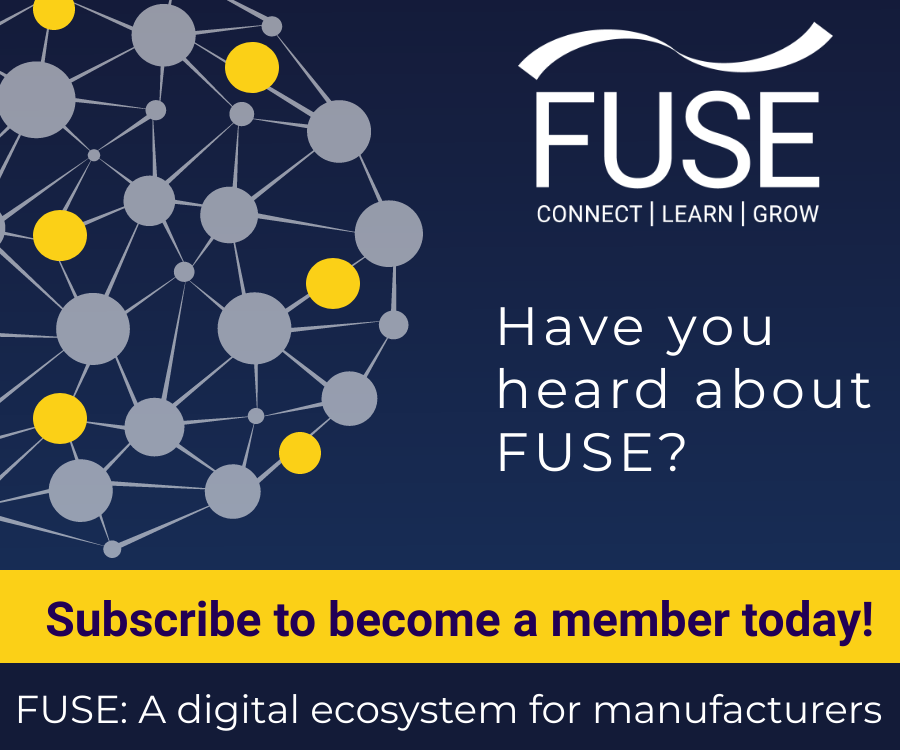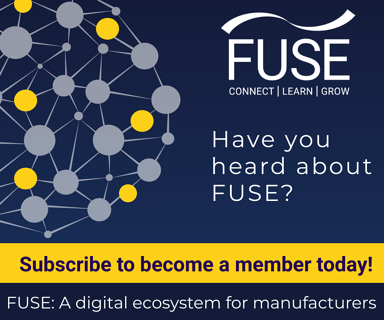Our job is providing tools and support services that help manufacturers modernize, expand, and grow – and we can’t do that without keeping a close eye on the manufacturing industry! Recently, we spent some time looking for real on-the-ground intelligence about how the industry sees itself, and the challenges ahead. This led us to discover this rather interesting address from earlier this year, delivered by Jay Timmons, the President and CEO of the National Association of Manufacturers.
Now, the address itself is largely political, with a focus on Washington DC and the upcoming elections. However, it also contained some genuinely interesting insights from a very knowledgeable source talking about the state of the US manufacturing industry. So, politics aside, these are some of the actionable takeaways we got.
AI isn’t killing jobs, it’s creating them... and we need to find workers
One key point that Timmons brought up is the commonly-held belief that AI and automation is “coming for our jobs.” However, Timmons sees this simply as a shift from low-skilled to high-skilled jobs. In fact, his concern is finding enough people to fill the jobs being created!
He calls for increased efforts in educating Americans on the job opportunities that are out there, as well as providing the training needed to take advantage of those jobs. This is something anyone in manufacturing can get behind. Creating a robust ecosystem with a free flow of communication, and ample ways to gain necessary certifications, will benefit any manufacturer as they modernize their processes.
Only 68% of manufacturers have a positive outlook
This one is more concerning, and undoubtedly reflects a level of uncertainty that has entered the industry in recent years. According to Timmons, just two years ago the surveys said that over 90% of manufacturers had a positive outlook on the future. A drop from 90+% to 68% is considerable, especially for such a short timeframe.
For us, the concern here is that this uncertainty may lead manufacturers to avoid making genuinely necessary investments into their own processes. Manufacturing is often a “conservative” industry, in that it tends to follow the maxim of “if it ain’t broke, don’t fix it.” However, we are not in a normal period of business growth. The industry is intensely transformative right now, and the manufacturers who take this opportunity to reinvent their business will be positioned to reap the benefits.
Fence-sitters, on the other hand, will just be left behind. They’ll be facing an ever-growing technology gap between themselves and the rest of the industry, one which will only become more expensive to overcome as time passes.
Diversify your supply lines
In his address, Timmons calls out China’s “cheating” on trade deals, and calls for a robust set of trade deals with China and other Asian countries, similar to the recent US-Mexico-Canada Agreement (USMCA). Of course, he also said this before the recent outbreak of the highly-virulent coronavirus now called COVID-19 which is ravaging China and other areas.
More than anything else, recent events in China have highlighted how critical it is to have diversified supply lines and manufacturing pipelines. Any company who solely relied on China for parts or materials is now hurting for it, and with no way of knowing how long the COVID-19 outbreak will last, it’s equally impossible to know when the hurt will end.
Hindsight is 20/20, but this should be a clear wake-up call. Whenever possible, avoid having your supply lines depend on a single country. You never know when a national disaster could strike.
LogicBay's FUSE Creates Opportunities
FUSE is a revolutionary new platform designed to bring your ecosystem together, create a single robust source of communications and information exchange, and implement the learning modules necessary to create the highly-skilled workers you need!
To learn more, sign up for your free account, or contact us for specific questions about how FUSE can be integrated into your workflow.
LEARN MORE ABOUT FUSE

